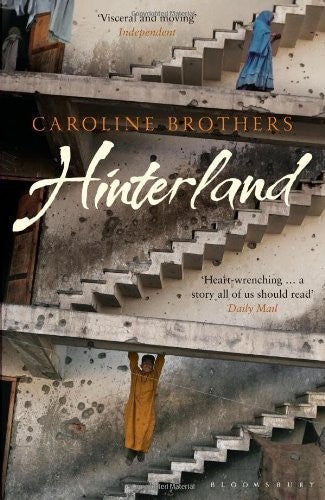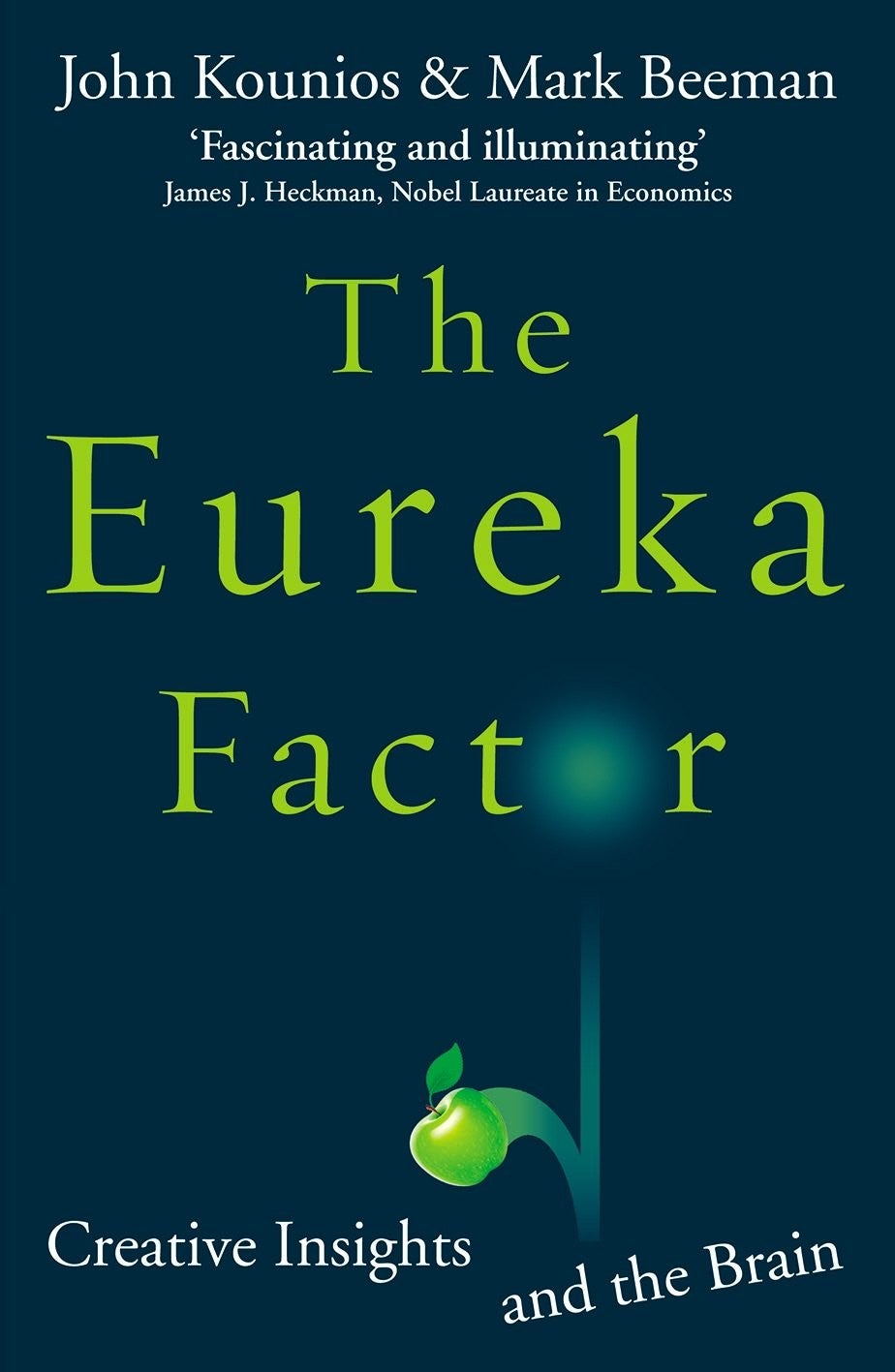Round up of paperbacks, reviewed by Lesley McDowell

A Very Dangerous Woman, by Deborah McDonald and Jeremy Dronfield. One World £9.99
Anyone who has read a life of H G Wells will be familiar with the name of Moura Budberg, the Ukrainian-born woman who was one of his many paramours. And the one, possibly, who got away. But they may not know much more about her. That is partly because, as the authors of this often riveting biography demonstrate, so much of her life was cloaked in secrecy.
Usually there is a good reason for this kind of secrecy, and it doesn’t take much to assume that an aristocratic woman who survived the Russian Revolution intact might have had a few contacts in the secret services. Moura, born Maria Zakrevsky, was married at age 18 to Djon Benckendorff but that didn’t last long.
She had two children but was quickly embroiled in other affairs, most notably with the Scottish adventurer and government agent Robert Bruce Lockhart, who was probably the great love of her life. She became pregnant by him but lost the child, shortly after being imprisoned. Her biographers claim she belonged to Cheka, the secret police, and probably even spied on Lockhart.
Her journey to England and some safety was a lengthy one. It’s hard to portray someone who must have been larger-than-life, who was restless and extrovert, but there’s a contradiction at the heart of Moura Budberg that could have been brought out more: that such a highly noticeable and sociable woman could also have been such a successful spy, a job that requires secrecy, deception, discretion.
How Budberg reconciled those contradictory aspects isn’t really made clear, as the events of her remarkable life – her long affair with Maxim Gorky, her second marriage of convenience, her work for Stalin and the association with the likes of Guy Burgess – take over. Nor is who died as a result of her activities. Dangerous woman, indeed.
Hinterland, by caroline Brothers. Bloomsbury £8.99
Brothers’ 2012 debut about two young Afghan brothers trying to make their perilous way to the UK as refugees has been re-released with a new interview by the author, whose experience as a foreign correspondent has clearly formed the basis for this novel.
Perhaps as a result, it’s very journalistic in tone, with little character development – both brothers are, at different times, raped by older men, but the impact of this catastrophic event on each boy often seems superficial.
That said, Brothers has created almost unbearably vulnerable characters in Aryan and Kabir, who are utterly believable. With superb skill, she details the almost insurmountable difficulties of their journey – kidnapped by Greek farmers, attacked by the police with tear gas, forever hungry and in constant danger of exploitation by unscrupulous gangs.
The parallels with the suffering of Syrian refugees are obvious, as Brothers addresses in her interview, which makes the slight manipulation of our emotions in the novel a little more forgivable.
Owls Do Cry, by Janet Frame. Virago Modern Classics £8.99
Frame’s experimental debut novel is part of a piece with some extraordinary work by women writers in the 1950s. This is the era that saw the emergence of novelists including Doris Lessing, Muriel Spark, and Iris Murdoch, and Frame’s place alongside them would be assured if she never published anything but this one novel.
It’s a mixture of the bleak and the humorous, the everyday and the magical, as she tells the story of the Withers family. Frame’s unique voice, fragmented in places, superbly cohesive in others, drives the individual members on to their particular fates.
The sense of inescapable doom is surprisingly not as claustrophobic as one might aspect, though, thanks to the dancing of the words, their light and life.
Our Endless Numbered Days, by Claire Fuller. Penguin £7.99
Fuller’s debut is an assured story of a young girl isolated from the world by the person she should trust to look after her best. Eight-year-old Peggy’s unstable father is a “survivalist”; when her mother leaves the two of them to work abroad for a short time, he uses the opportunity to put into practice what he has been preaching.
They flee to a tumbledown cabin in a forest where he convinces her that they are the only survivors from an apocalyptic event; Peggy must trust him alone.
Fuller manages the details of Peggy’s life extremely well, and parallels this narrative with that of her moment of release. The tension therefore lies not in whether we think Peggy will escape, but rather how, and after what trials and tribulations.

The Eureka Factor, by John Kounios and Mark Beeman. Windmill £8.99
Essentially, the authors are trying to establish what makes imagination work – what leads to those “eureka!” moments when we have an imaginative breakthrough that leads us to “truth”, whether it be in scientific research or poetry writing.
They analyse moods, motivations, and environments as well as neurological impacts on different parts of the brain to try to answer that question. What might be most surprising to some is the need for “preparation for insight” that activates several brain areas, somewhat discounting the notion of a random visit from “the muse” that we all love to imagine.
But the writers are careful that this information, along with much else in the book, doesn’t quite dispel the romance of what inspires us.
Join our commenting forum
Join thought-provoking conversations, follow other Independent readers and see their replies
Comments